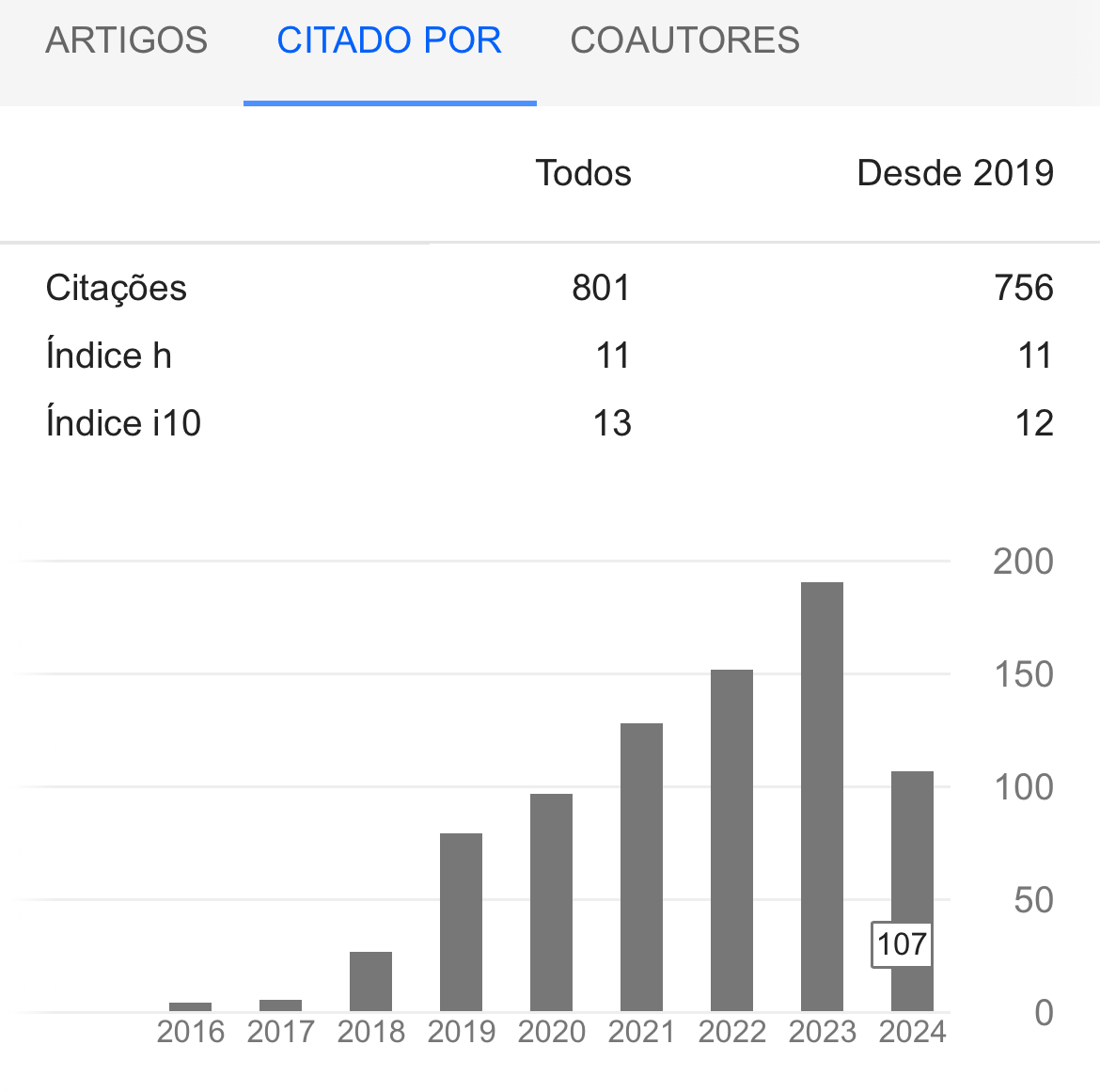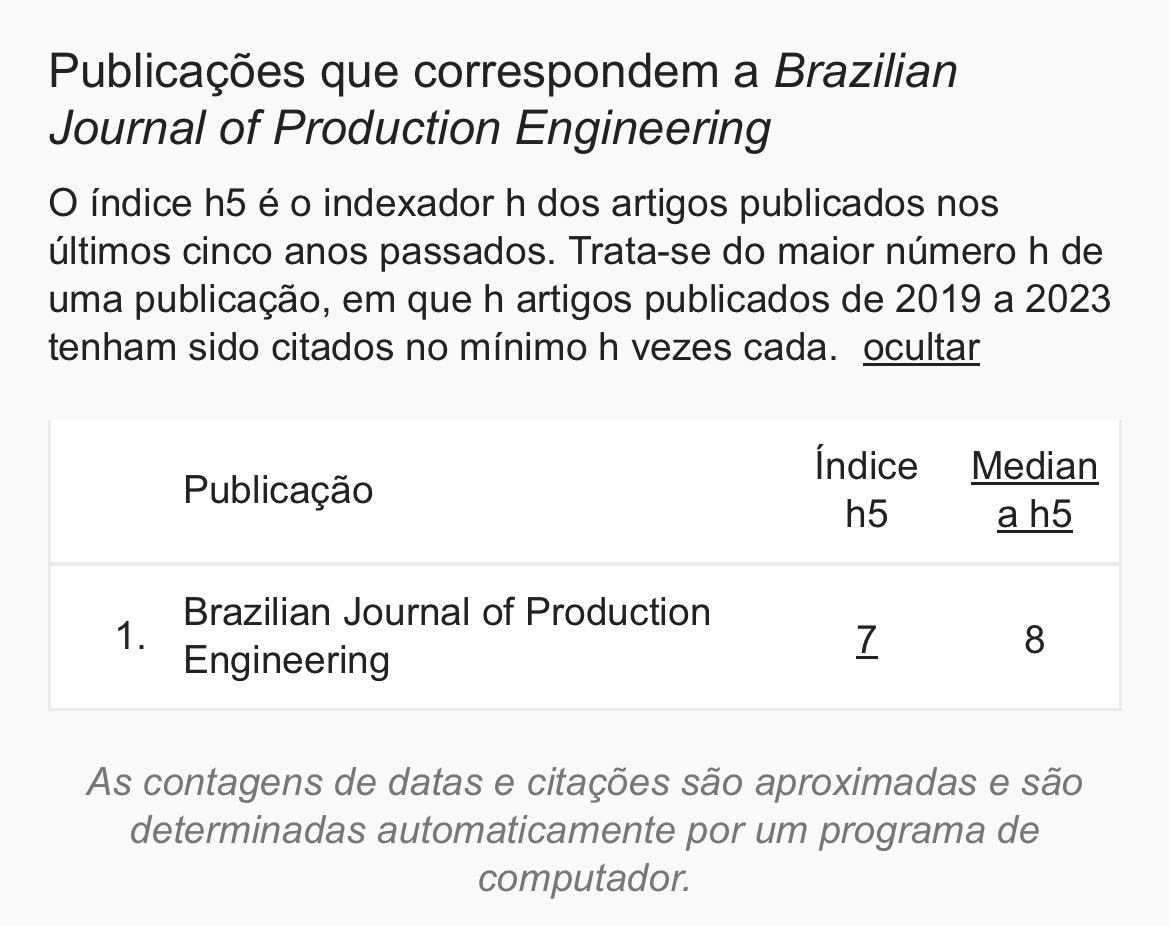CULTIVO E BENEFICIAMENTO DE TILÁPIA (Oreochromis niloticus) E ROBALO PEVA (Centropomus parallelus) EM REGIÃO ESTUARINA NO SUDESTE DO BRASIL
Abstract
Atualmente, a produção de organismos aquáticos tem adquirido destaque no cenário produtivo de alimentos, conforme os dados da produção nacional e mundial. No Brasil, a quantidade da produção registrada no ano de 2010 foi de 1.264.765t, registrando-se um crescimento de 2% em relação a 2009, quando foram produzidas 1.240.813t de pescado (BRASIL, 2010; FAO 2012).
Downloads
References
FAO (2007) – Food and Agricultural Organization of the United Nations. (2007) - The state of world fisheries and aquaculture 2006 (SOFIA). Rome: FAO. 180p. Acessado em 01 de jul de 2014 em http://www.fao.org/fishery/sofia/en.
FAO (2012) – Food and Agricultural Organization of the United Nations - Fisheries and Aquaculture topics. The State of World Fisheries and Aquaculture 2008-2012 (SOFIA). Topics Fact Sheets. Text by Jean- Francois Pulvenis. In: FAO Fisheries and Aquaculture Department [online]. Rome. Updated 9 July 2012. Acessado em 04 de ago de 2014 em http://www.fao.org/fishery/sofia/en.
GIL, A.C. (1995) - Métodos e Técnicas de Pesquisa Social. São Paulo: ATLAS.
ONO, E.A. & KUBITZA, F. (1999) - Cultivo de peixes em tanques-rede, Jundiaí, 1999, 2 Ed, 68 p.
Downloads
Published
How to Cite
Issue
Section
License
Copyright (c) 2015 Brazilian Journal of Production Engineering - BJPE

This work is licensed under a Creative Commons Attribution-NonCommercial-ShareAlike 4.0 International License.











































































